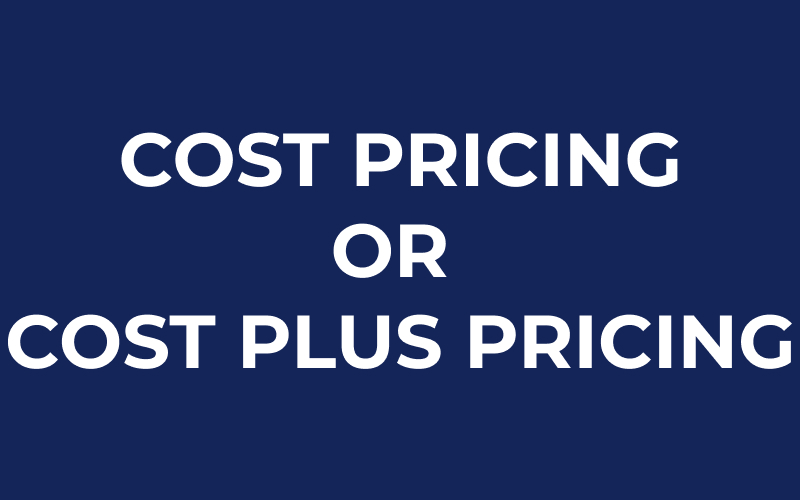
Cost pricing or cost plus pricing
Cost-based pricing, also known as cost-plus pricing, is a pricing strategy used by businesses to determine the selling price of a product or service by adding a markup to the cost of the product or service. This markup is typically a percentage of the cost and is used to cover the costs of the business, such as overhead expenses and profits.
Cost-plus pricing in ecommerce and retail
In ecommerce and retail businesses, this approach is often used as a starting point for determining prices. One of the advantages of cost pricing is that it can help businesses ensure that they are covering their costs, pricing their offering competitively, and making a profit. By basing prices on the actual costs of the product or service, businesses can avoid pricing their offerings too low and running into financial trouble. Additionally, cost pricing can help businesses to be more transparent about their pricing, which can be beneficial for building trust with customers.
However, there are also some potential drawbacks to cost pricing. For example, if the costs of a product or service change, businesses may need to adjust their prices accordingly, which can be challenging. Additionally, cost pricing may not take into account external factors such as competition, which can make it difficult for businesses to remain competitive in the marketplace.
Summary
Cost-based pricing, also known as cost-plus pricing, is a method of setting prices based on the cost of the product or service, plus a markup for profit. This is a straightforward and easy to understand method, it allows businesses to ensure that they are covering their costs and making a profit. However, it does not take into account external factors such as competition which can make it difficult for businesses to remain competitive. It is important to use it in conjunction with other pricing strategies that take into account market trends and customer demand.

